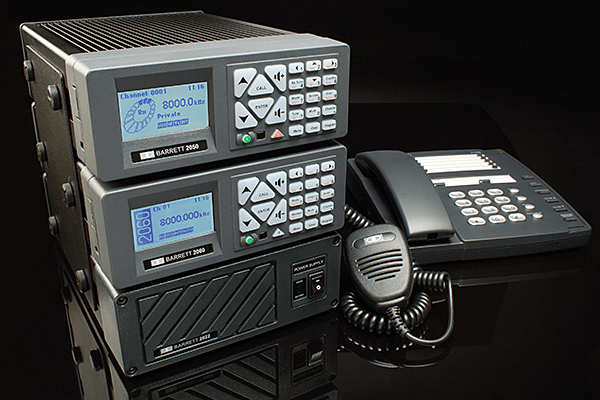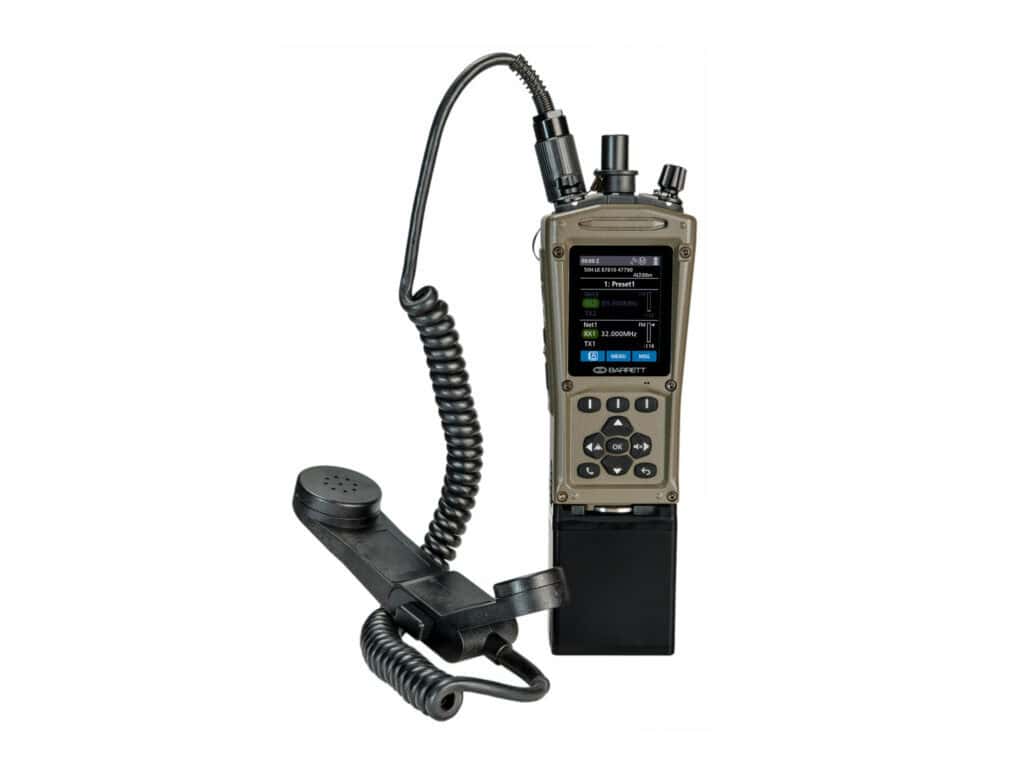3 benefits of HF radio-telephone interconnection
3 benefits of HF radio-telephone interconnection
One of the most significant benefits of using HF and V/UHF radio communications is that this equipment can extend telephone communications far beyond the range of conventional networks without using costly satellite infrastructure. This means users can still establish contact in remote locations or where conventional communication methods are compromised, even over hundreds of kilometres.
However, the ability to interconnect HF radio equipment with the international telephone network provides operators with a more total communications solution, offering a number of benefits.
What is HF radio-telephone interconnection?
This is the process of patching a radio connection into a public telephone connection. This enables radio users to make calls to any telephone number, and phone users to contact any station on your HF network. High-quality interconnection devices offer full network management facilities, including:
– Variable access levels for HF stations trying to patch into the telephone network.
– Comprehensive call logging for charging purposes
– Remote user supervision by a dial-up computer link.

HF radio-telephone interconnection doesn’t necessarily provide freedom for any HF radio operator to access the international phone network through the telephone interconnect. High-quality interconnection devices offer access while allowing tailorable settings to suit your specific system requirement. Access can be restricted to both radio users and telephone subscribers.
Three benefits of HF radio-telephone interconnection
1. Dependable use in emergency communications
Operators use HF radio equipment because of its ability to provide reliable communications even in remote locations or areas where conventional communication methods are compromised.
Using an interconnection device such as the Barrett 2061 HF Phone Patch, operators will be able to make contact with any telephone number in the world, thanks to unique adaptive hybrid technology which converts four-wire transceiver audio to two-wire audio for the phone line.
2. Reliable and cost-effective telephone communications
As previously stated, in emergency circumstances or critical response field situations, lives may depend on your ability to make a phone call. With HF radio-telephone interconnection, reliable point to point communications between the radio operator and any international telephone subscriber is made possible without the need for infrastructure in remote areas.
Because HF radio can be used in a number of communications situations, it’s a more cost-effective solution than extensive investment in alternative solutions like satellite phones.

3. User-focused and intuitive design
High-quality HF radio equipment has features for enhancing communication quality. HF radio-telephone interconnection devices often include digital signal processing (DSP) noise reduction, providing clearer reception.
User-focused design is also important for patching devices – with Barrett’s 2060 HF Telephone Interconnect system, features such as DSP noise reduction are able to be toggled on or off by the telephone caller as needed. This equipment is also able to store up to 98 pre-programmed telephone numbers, making it easier for operators to reach who they need to.
For more information on our HF radio-telephone interconnection devices, contact the Barrett Communications team today.







